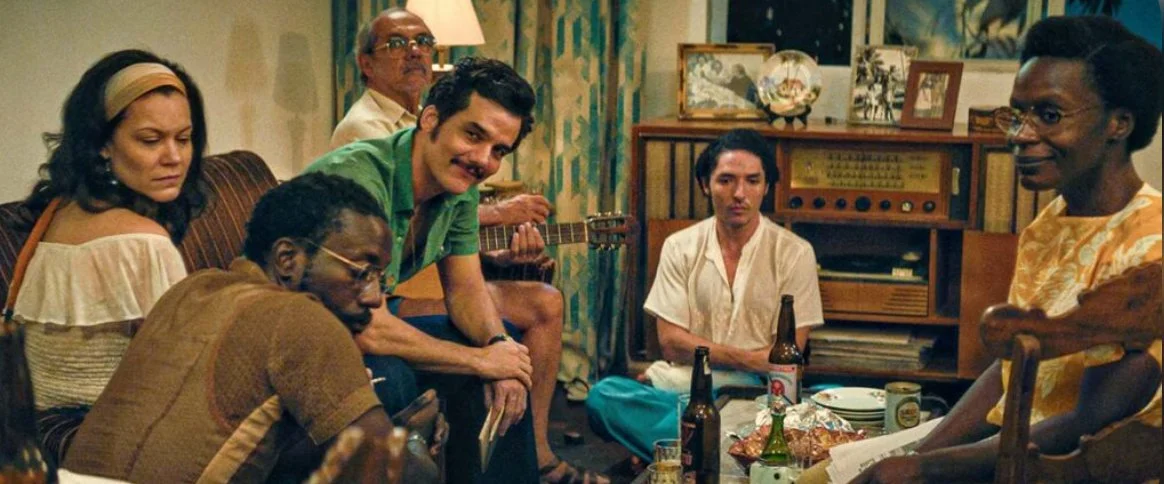There’s already confusion over next year’s Oscar eligibility rules. It doesn’t even have to do with the theatrical/streaming debate, but rather, if the film is inclusive enough.
Starting this year, when filling out an online form to submit your film for Oscar consideration, a producer will have to adhere to new Academy rules. The site asks about cast and crewmembers’ race, gender and sexual orientations, and whether they had autism, or dealt with chronic pain or mental illness.
“I don’t know, maybe someone on my crew was neurodivergent,” a filmmaker told THR. “It’s not my place to ask. Did they do their job? Great. And how are we going to know who’s gay when it’s illegal to ask people?”
This is all part of the Academy’s new representation and inclusion standards for Oscar eligibility (RAISE). The Academy’s goal is to create more inclusive hiring — forget about quality of performer.
“The intention is commendable, but a lot of the questions I felt uncomfortable asking,” says another producer. “I wasn’t going to write to all the actors and ask what their sexual orientation is. And if it’s not something offered up on their bio, are you really going to say, ‘Hey, are you disabled?’”
These new rules are actually going into full-effect for next year’s 96th Academy Awards. But, if you’re a producer, don’t you dare lie about it, they will be watching you, very closely …
The Academy says it is auditing all of the submissions to confirm that productions are accurately reporting their data.
To Qualify for a Best Picture Next Year …
Your film must meet two of the four standards:
STANDARD A: Onscreen
The film must meet one of the following:
At least one of the lead or significant supporting actors is from an underrepresented racial or ethnic group.
At least 30 percent of all actors in secondary and more minor roles are from an underrepresented group.
The main storyline, theme or narrative of the film is centered on an underrepresented group.
STANDARD B: The Team
The film must meet one of the following:
At least two of the creative leadership positions and department heads, such as the director, cinematographer or costume designer, are from underrepresented groups, and at least one of those must belong to an underrepresented racial or ethnic group.
At least six other crew and technical positions, such as the first AD or script supervisor, are from an underrepresented racial or ethnic group.
At least 30 percent of the film’s crew is from an underrepresented group.
STANDARD C: Access
The film must meet both criteria:
The distribution or financing company has paid apprenticeships or internships for underrepresented groups.
The production, distribution and/or financing company offers below-the-line skill development to the underrepresented.
STANDARD D: Audience Development
The film must have multiple in-house senior executives from underrepresented groups on the marketing, publicity and/or distribution teams
Does this mean that in 2019, Scorsese’s “The Irishman” would have been excluded? It’s all white guys in that cast.
This is dumber than I could have ever imagined. I understand what the goal is here, but how are people supposed to know other people’s sexual orientation? What if someone decides to keep that private?
Also, what if you found the absolute perfect team of actors for your main cast, but they’re all white? The Academy would be infringing your creative process to force you to cast an actor or actress that doesn’t really gel with the story, just as long as they have the right skin color.
With the sweeping reforms that were made these last few years within the Oscar voting body, 34 percent of Academy members identify as women, and 19 percent are from underrepresented racial and ethnic groups.






